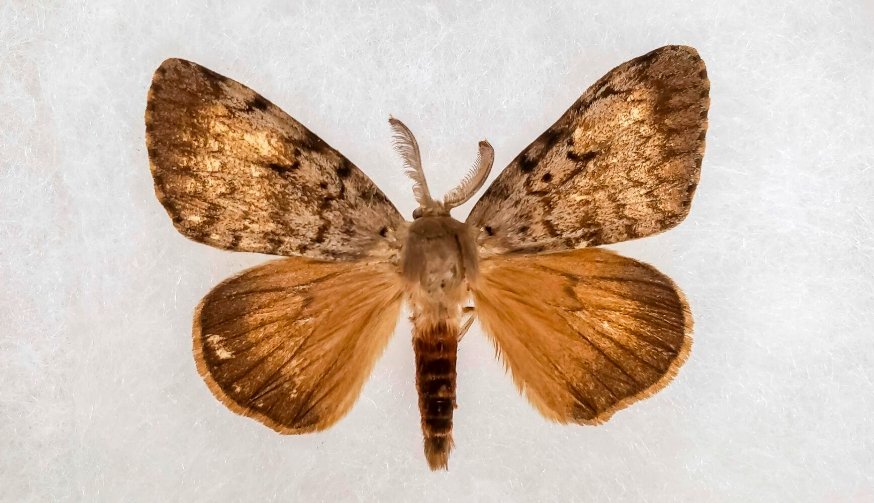Introduction In a decisive move to protect Indiana’s diverse ecosystems, the Department of Natural Resources (DNR) has initiated aerial treatments targeting the invasive spongy moth populations in Allen, Huntington, and Whitley counties. These efforts are part of a broader strategy to curb the spread of this destructive species and safeguard Indiana’s forests and urban landscapes.
The Threat at Our Canopy
The spongy moth, an invasive species with a voracious appetite for over 500 types of plants, poses a significant threat to Indiana’s green spaces. Left unchecked, these pests can defoliate vast areas of forest, weakening trees and leaving them vulnerable to disease and other pests.
The DNR’s response has been swift and science-driven. Utilizing SPLAT GM-Organic, a pheromone-based treatment, the DNR aims to disrupt the mating cycle of the moths, thereby reducing their numbers. This environmentally friendly approach targets the moths without harming other wildlife or plants.

A Coordinated Effort
The success of this operation hinges on precise timing and coordination. Treatments are scheduled to begin shortly after sunrise, capitalizing on optimal weather conditions. However, Indiana’s unpredictable weather means that plans must be flexible, with contingencies in place for morning fog or rain delays.
Community involvement is also crucial. The DNR has been transparent with its plans, providing updates on treatment locations and times. This openness fosters community trust and encourages public support for the initiative.
Looking to the Future
As the treatments progress, researchers and DNR officials closely monitor their effectiveness. The goal is not just to manage the current population but also to prevent future outbreaks. Long-term strategies include public education on spotting and reporting spongy moth egg masses and continued research into innovative control methods.
The fight against invasive species like the spongy moth is ongoing. Through these aerial treatments, Indiana takes a significant step forward in protecting its natural heritage for future generations.














